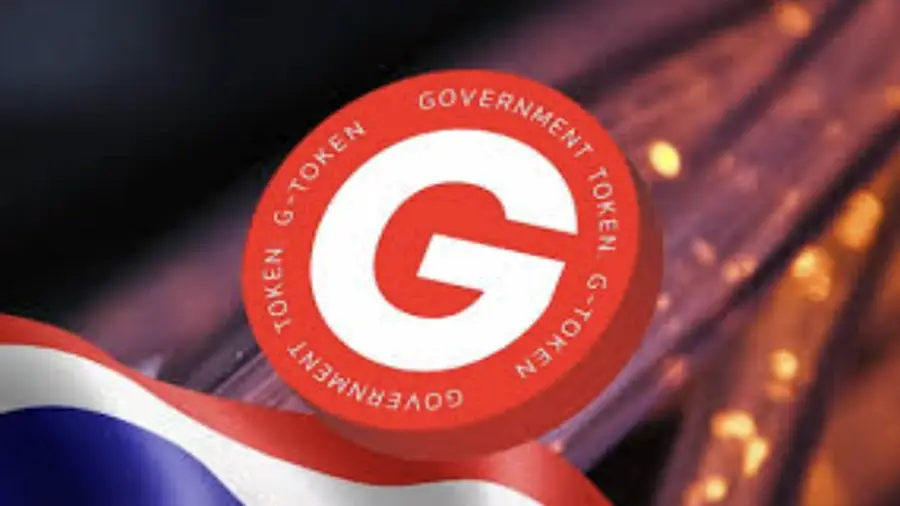Soaring inflation emptied Brazilians’ supermarket shopping carts last year, and new price pressures on commodities such as wheat, soybeans, oil, brought on by the war, are expected to worsen the situation.
Research by global consultancy Kantar shows that, in 2021, with IPCA at 10.06%, Brazilians took home a 5.6% smaller volume of products from a basket with 120 categories, including food, beverages, hygiene and cleaning, in compared to the previous year.
In number of units, the decline was 2.6%. Even buying less, the consumer spent 8.6% more than in 2020. In 2022, the rise in prices did not let up, on the contrary (in 12 months, until February, it rose to 10.54%).
This tight pocket scenario with smaller purchases “was consolidated at the end of 2021, especially in the case of commodities and perishable products, which includes meats”, says Raquel Ferreira, commercial director at Kantar.
Monthly, the consultancy takes a photo of the pantry of 11,000 households to project the purchases of 58.8 million homes in the country.
In the last quarter of last year, consumption of this basket of products fell further in units, 5% compared to the same period in 2020. In the case of commodities, which include flour, rice, soy oil, the retraction was 7, 7%. And the disbursement in reais for the basket as a whole increased by 5.5%.
“The basket of commodities has already suffered a lot at the end of 2021 and should have a first quarter more impacted by the high price due to the war”, says Raquel.
Change of habit
Faced with the budget squeeze, which is expected to worsen due to new inflationary pressures, the alternative for consumers is to intensify what they were already doing throughout 2021.
That is, looking for promotions, exchanging expensive brands for economic ones, replacing meat with cheaper proteins, such as eggs and breaded products.
The research shows that the rise in inflation from the second half of last year caused an increase in the participation of economic brands, those whose prices are 20% below the market average, in the shopping cart. Until mid-2021, they accounted for 14% of the total basket and closed the year at 16%.
The perspective, says Raquel, is that the slice of economic brands, especially regional ones, will advance and represent 18% of the basket.
This was the share at the time of hyperinflation, before stabilization with the Plano Real.
No brand
Advertising and designer Sibele Monice, 56, who lives with her 17-year-old son and mother in the ABC region of São Paulo, is one step ahead of most Brazilians.
To save money, she took brands off her grocery list and started buying lots of bulk products, like cereal, rice, beans, and cleaning items like liquid soap, furniture polish, for example.
“I didn’t go for the regional brand, but I abolished the brand”, he says.
When buying products in bulk without a specific brand, the consumer has the possibility to take home the exact amount he needs and does not pay for the packaging.
Rice, for example, she usually buys three kilos. It is a different amount from the common branded packaging found in supermarkets.
In the case of liquid soap, Sibele changed the Omo, whose three-liter package cost almost R$50, for bulk liquid soap, which costs R$20 five liters. “It is much cheaper to buy grain and cleaning items in bulk.”
By opting for this type of purchase, she reduced the participation of the supermarket as a channel for the supply of basic products and included the neighborhood stores.
In items where it is not possible to buy in bulk, Sibele continues to stock up at the supermarket, but changed brands to save money. Just the coffee powder brand, it changed four times and thus reduced the expense with the item by R$ 7.
War accelerates price readjustments of food on shelves
The impacts of the war between Russia and Ukraine, which account for 30% of world wheat exports, are starting to hit supermarket shelves.
Consumer prices for wheat flour, macaroni, biscuits and even soy oil had a strong rise at the beginning of the month, far surpassing the readjustments of February.
Between March 1 and 12, in supermarkets, wheat flour was, on average, 4.46% more expensive, the price of macaroni and eggs rose 4.24%, biscuits, 2.62% and of soybean oil, 5.79%, compared to the same period in February, points out a survey carried out at the request of the newspaper The State of São Pauloby the startup Varejo 360.
Specializing in market research, the company collected the prices of these items from the purchase tickets of 150,000 supermarket customers in the State of São Paulo.
The survey shows that, between the 1st and the 12th of February, before the war, which began on the 24th, the prices of these items had much more moderate increases compared to the same period in January.
Wheat flour, for example, had risen 0.24%, biscuits, 1.64%, and soybean oil, 1.46%. And pasta with even got 0.97% cheaper.
“The sharpest increases in March are most likely a reflection of the surge in wheat because of the war,” says Fernando Faro, a partner at the consultancy and responsible for the survey.
In the last 30 days, until last Thursday, the price of a ton of wheat rose almost 20% in Rio Grande do Sul and bordered R$ 2 thousand, according to the Center for Advanced Studies in Applied Economics (Cepea).
Faro notes that most of the price adjustments made by retailers were concentrated on Saturday, March 12th. And Saturday is usually the day of the week when supermarkets tend to be more aggressive in promotions.
This may indicate, according to him, that the pressure of raw material costs weighs more at this moment than the strategy to leverage sales.
aggravation
The increases are confirmed by supermarkets. Fábio Queiróz, president of the Association of Supermarkets of the State of Rio de Janeiro, says that breads, cookies and all wheat and soy derivatives – a grain that is a substitute for wheat – are being purchased by supermarkets at higher prices. “The situation worsened with the beginning of the war.”
Supermarkets, he says, fight for pennies in negotiations with suppliers to reduce transfers to consumer prices.
The increases will become more visible to consumers this week.
In São Paulo, industry executives reported to the Paulista Association of Supermarkets increases in wheat flour of around 15% in the first half of the month, with indications of new readjustments. In the case of soybean oil, the price increase would have been 20%.
The information is from the newspaper. The State of São Paulo.
Source: CNN Brasil
I am Sophia william, author of World Stock Market. I have a degree in journalism from the University of Missouri and I have worked as a reporter for several news websites. I have a passion for writing and informing people about the latest news and events happening in the world. I strive to be accurate and unbiased in my reporting, and I hope to provide readers with valuable information that they can use to make informed decisions.







